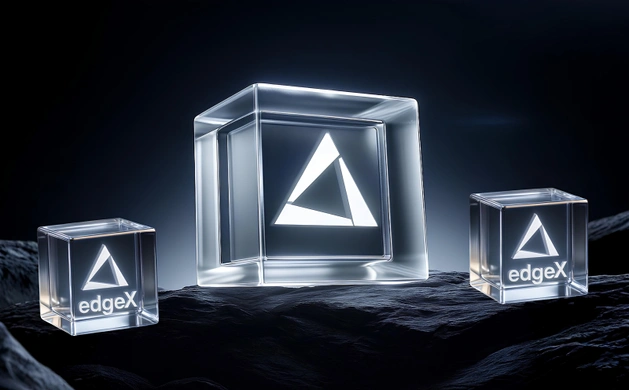Parallel Execution and Parallelized EVMs Explained

Summary: Parallel execution in crypto enables simultaneous transaction processing, making blockchains like Solana, Aptos, and Sui up to 100 times faster than traditional models.
By processing independent transactions concurrently, these networks reduce congestion and fees, supporting high-demand applications at scale.
Parallelized EVMs, such as MegaETH and Monad, are bringing this innovation to the Ethereum ecosystem, unlocking significant scalability improvements.
What is Parallel Execution in Crypto?
Parallel execution in crypto is an advanced scaling solution that enables blockchains to process multiple transactions at once. By categorizing transactions as either independent or dependent, this approach allows non-conflicting transactions to be executed concurrently across multiple nodes, optimizing the use of network resources.
In effect, parallel execution accelerates throughput by running independent transactions in parallel, while sequentially handling dependent transactions that access shared accounts or contracts, thus preserving network consensus. This architecture, though intricate, is key to achieving the high-speed transaction capabilities needed for scalable applications.
Networks such as Solana, Aptos, and Sui leverage parallel execution, reaching transaction speeds up to 100 times faster than traditional blockchains. The image below shows how Solana's Sealevel consensus shifts execution from single-threaded to multi-threaded to improve speed.

Sequential Execution vs Parallel Execution
In blockchain networks, transaction execution models are pivotal for network speed, efficiency, and scalability. Currently, the two leading designs are sequential execution and parallel execution, each with distinct advantages and trade-offs.
Sequential Execution Advantages and Trade-Offs
In sequential execution, as employed by networks like Ethereum, transactions are processed one at a time in a strict order, which ensures consistency across the network. This model is ideal for complex operations, as it minimizes conflicts by updating the ledger step-by-step.
However, the main limitation lies in scalability; sequential processing restricts throughput, causing congestion and elevated fees during peak demand.

Parallel Execution Advantages and Trade-Offs
Parallel execution, adopted by networks such as Solana, enables simultaneous processing of non-conflicting transactions across multiple nodes, significantly boosting speed and efficiency.
This model alleviates bottlenecks and is highly scalable, but it introduces additional complexity due to the need for advanced synchronization mechanisms to prevent data conflicts.
.webp)
Parallelized Blockchains
Several next-gen blockchains are leveraging parallel execution to increase transaction speed, reduce costs, and handle high demand:
- Sei: Through twin-turbo consensus and market-optimized parallelization, Sei is designed for rapid trading and DeFi applications, enabling near-instant transaction confirmation.
- Sui: Sui’s parallel execution processes multiple states concurrently, ensuring reliability and fast performance even at scale.
- Aptos: With its Block-STM engine, Aptos achieves high throughput by handling transactions in parallel, overcoming the limitations of sequential processing.
- Solana: As a pioneer in parallelization, Solana’s Sealevel runtime enables multi-threaded execution, reducing confirmation times and maximizing network efficiency.
These platforms showcase unique implementations of parallel execution to scale blockchain performance, enhancing transaction handling and overall network capability.
What are Parallelized EVMs?
Parallelized EVMs are blockchains that accelerate the Ethereum Virtual Machine (EVM) by enabling concurrent transaction processing. Unlike Ethereum’s single-threaded setup, which handles transactions sequentially, parallelized EVMs boost scalability and throughput, allowing dApps to support more users without congestion.
Sei v2, MegaETH, and Monad are the most prominent examples of parallelized EVMs either live or in beta.
Bottom Line
Parallel execution represents a step-function increase in blockchain scalability, allowing networks to process multiple transactions concurrently and overcome the limitations of sequential models like Ethereum’s.
By enabling parallel transaction processing, next-gen layer 1’s like Solana and Sui offer vastly improved speed and efficiency, crucial for high-demand applications.
As parallelized EVMs like Sei v2 and Monad advance this approach for the Ethereum ecosystem, they showcase the transformative potential of parallel execution for supporting onchain apps at scale.
%2520(1).webp)
Written by
Antony Bianco
Head of Research
Antony Bianco, co-founder of Datawallet, is a DeFi expert and active member of the Ethereum community who assist in zero-knowledge proof research for layer 2's. With a Master’s in Computer Science, he has made significant contributions to the crypto ecosystem, working with various DAOs on-chain.



.webp)
.webp)
%2520(1).webp)



